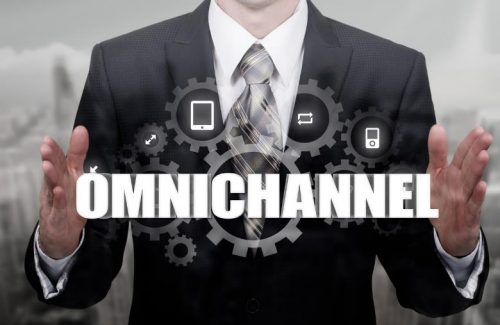Table of Contents
For many online business owners, staying ahead of the tight competition while serving good business to customers is the goal. This means staying current with the latest trends, researching and selling the right products to the target audience, and serving excellent customer service.
 Headless commerce has been the trending innovation employed by many businesses already. However, the question remains: Is it good for your eCommerce business? What is it about? How convenient is it for you? This article looks at why it is the basis for many online stores.
Headless commerce has been the trending innovation employed by many businesses already. However, the question remains: Is it good for your eCommerce business? What is it about? How convenient is it for you? This article looks at why it is the basis for many online stores.
What Headless Commerce Means?
There are several interpretations of the concept behind Headless commerce, however complex. In simple terms, it refers to the tight separation of the frontend from the backend. If these terms are confusing, here’s a simple explanation.
A website needs two key areas to function correctly: frontend and backend. The frontend is what customers see on the browser. It is a user interface with beautiful designs and functionalities. The backend is the business side, which consists of the servers. This end stores information and serves all requests from the frontend. Both sides are connected through an API.


The same also goes for the backend. Any eCommerce solution can be implemented on the backend, but no visible changes will be seen on the frontend. Yet, the experiences will become better.
How Headless Commerce differs from Traditional Ecommerce?
Several points have been made on which approach serves better: headless commerce or traditional eCommerce. However, the key factor that makes the difference is flexibility.
Here are other key differences between both types:
Traditional eCommerce
In the past, several businesses relied on a monolithic model or the legacy system. It was the recommended model to numerous firms as it allowed complete control by the IT unit. Hence, controlling all parts of the website was easy since it came with preinstalled tools and strategies.


Headless eCommerce
Headless eCommerce answers the call for businesses that need more functionality. Top brands now use innovations like DXP, CMS, and custom frontend features, with headless architecture being the critical foundation.
This model allows developers to adjust the database without worrying if there will be a pause in business operations. Firms can even experiment with new ways to customize an individual customer’s experience. The model is also cheaper than traditional eCommerce, as the chances of it breaking down are few.
It is also easy to add third-party apps or tools projected to help improve the website. In addition, it requires less time for implementation.
How Headless Approach Convenient to eCommerce Business?
Headless commerce has enabled businesses to catch up with increasing market demands. Here are some reasons why it is a popular medium for businesses looking to scale up operations online.
Flexibility
One of the best features that headless eCommerce brings is flexibility. It is easy to learn and allows developers to change any part of the website. It only requires that information is passed through the API. Hence, upgrades can be made anytime, with no side effects.


Good Security
As upgrades are made to the website, it comes with extra security updates containing a database of new malware that could affect data. Hence, it is possible to spend less on security since a massive chunk of protection is made with continuous updates using the headless architecture mechanism.
Compatibility
The headless approach makes websites compatible with all types of internet-enabled devices. With traditional eCommerce, customers were primarily restricted to using a PC for online shopping. However, it is possible to make purchases online via a mobile device.


Better Integration of Third-Party Apps
Another crucial reason headless architecture is convenient is the increased integration and implementation of third-party apps and tools. A business can introduce IoT, chatbots, voice assistants, AR tech, etc., to their shopping offers.
This has given rise to ease of doing business online, as it is possible for safer payment methods and increased customization to be added to a store online. Hence, clients can comfortably get better shopping experiences on the go using already known tools. It also gives credibility to the store.
Effectiveness of Marketing Campaigns
There are limited options for marketing using the monolithic idea.


- Blog section
- Customers forum
- Loyalty and reward programs
- Shopping carts that can be abandoned
- Social media outlets
- Cold email marketing
- Amazon PPC advertising
These new features can bring a new focus to advertising campaigns for the marketing team. Everyone wins, as innovative ideas can be used, and customers are attracted using out-of-the-box marketing.
Omnichannel
The online market has become so diverse that using a single channel style no longer works. However, it is now possible for content to be promoted from all ends via the headless architecture. Merchants can build an omnichannel that makes products available at all times without hindrance.


Conclusion
eCommerce solutions now provide a complete experience for customers. The convenience has increased due to the enormous flexibility enjoyed by this model. With headless eCommerce, the switch from monolithic systems is much easier, and its results reflect well in the customer experience.






































